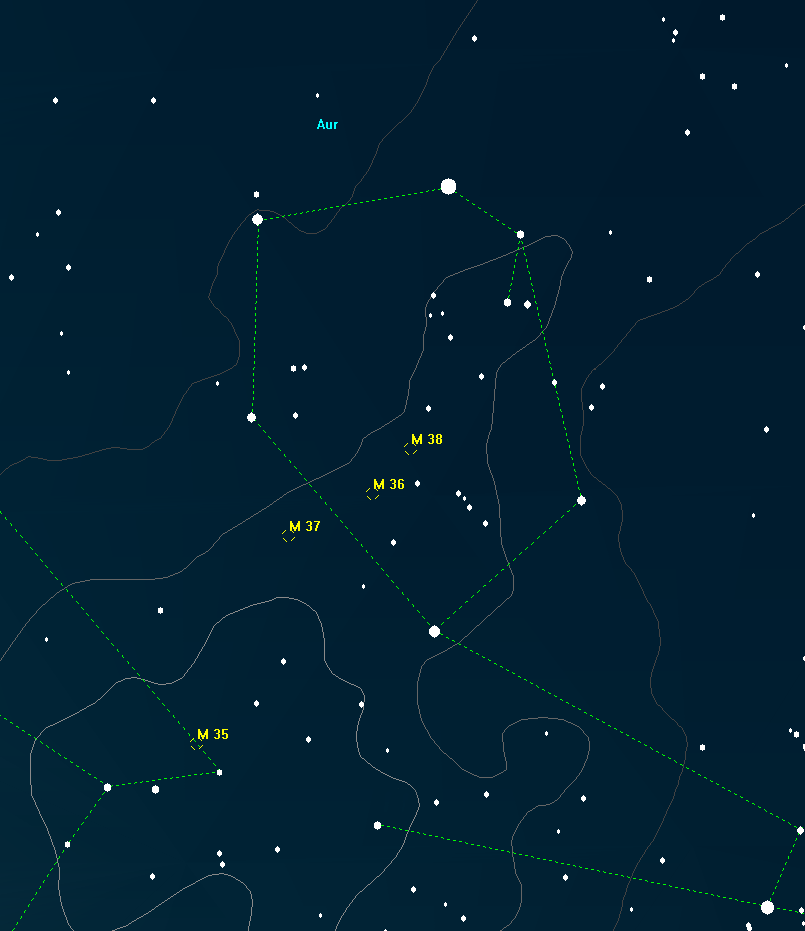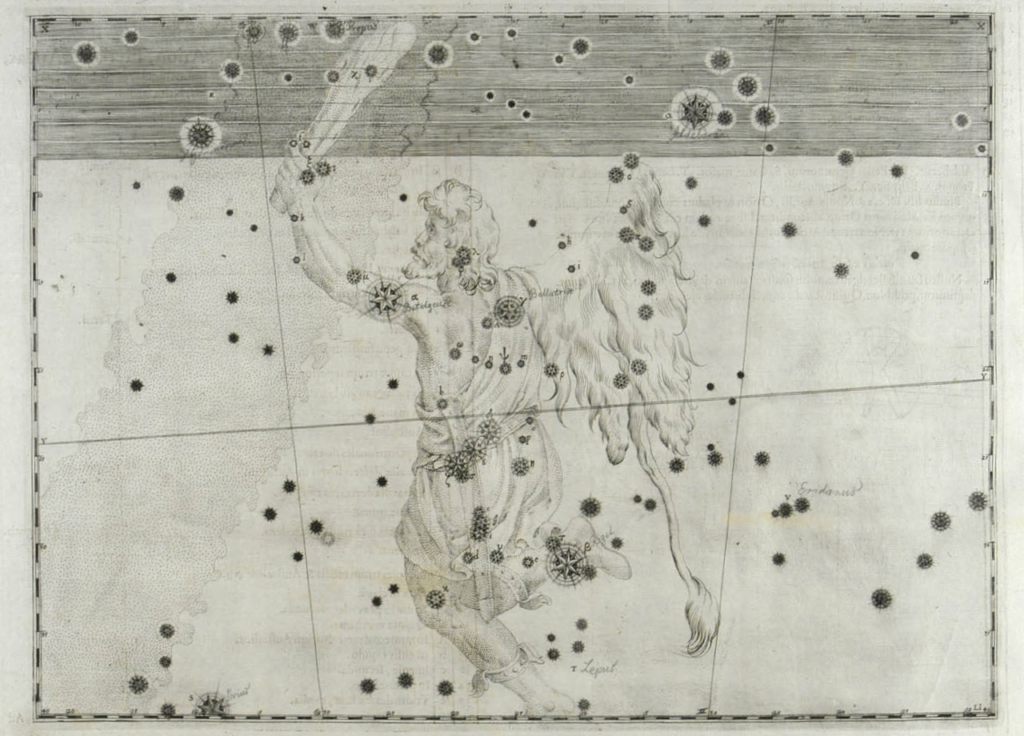The starry sky in January 2024
On 03.01. at 02 o'clock the earth is at a distance of 147.101 million kilometers in perihelion (close to the sun) on its orbit around the sun. The question may now arise as to why it can still get very cold in our latitudes at this time of year.
The change in distance between the earth and the sun actually has little influence on the temperatures on earth. The dominant main reason for the different temperatures between summer and winter is the tilt of the Earth's axis. This is tilted by about 23.5 degrees relative to its orbit around the sun. During the summer in one hemisphere (for example the northern hemisphere), this area is more inclined to the sun, which leads to longer hours of sunshine, steeper solar radiation and higher temperatures.
In winter, on the other hand, the same hemisphere is tilted away from the sun, which leads to shorter hours of sunshine, less steep solar radiation and therefore lower temperatures. The seasons in the southern hemisphere are opposite, as they are tilted differently towards the sun at the same times.
SUN AND MOON
The sun continues to gain altitude at midday. As a result, the length of the day in Zweibrücken increases from 8 hours 23 minutes on the first of the month to 9 hours 27 minutes on the last.
In the early evening of January 14, the waxing Moon and Saturn are above the western horizon. The Moon and Jupiter will join each other optically in the evening hours of January 18. At around 8 pm, the angular separation is approximately 2 degrees.
A few days before and after January 25, the full moon clouds the view of fainter objects.

PLANETS
Mercury offers a small chance of morning visibility on January 12. On this day it crosses the horizon line at 6:44 am in the southeast. Venus, which is located about 10 degrees to the right above it, can help you find it. Binoculars are a good help here.
The heyday of the planet Venus as a morning star has already passed, its setting is significantly delayed. At the end of the month, its distance to Earth is 204 million kilometers, making it further away from us than the sun.
The conjunction of the Mars with the Sun already occurred in mid-November last year, but it is still in the southern regions of the zodiac. This is not sufficient for morning visibility.
Jupiter has ended its opposition period and its brightness is decreasing noticeably. Nevertheless, it remains a bright star in the first half of the night. It leaves the evening stage at 1:21 a.m. on the 31st of the month.
Saturn can still be seen low in the evening sky in the southwest until the end of the month.
The penultimate planet in our solar system, Uranuscan still be observed with binoculars or a smaller telescope. As already mentioned, various freely accessible astronomy programs provide good services in the search.
STARRY SKY
The winter starry sky is in its full splendor in the night sky towards the middle of the month. These include the constellations of Orion, Taurus with the reddish giant star Aldebaran, Auriga, Gemini and, to the southwest of Orion, the Great Dog near the horizon with the brightest star visible from Earth, Sirius. Despite its great brightness, the distance of approx. 8.61 light years is more than twice as much as the actual nearest star, Proxima Centauri, which is about 4.24 light years away. Proxima Centauri does not rise above the horizon in our latitudes and can only be observed with larger amateur telescopes.
On eastern horizon the front part of the lion can already be guessed. The inconspicuous crab can be seen slightly above.
About us are the constellations of the constellations Fuhrmann, Gemini and Perseus. Some star clusters can already be seen in Fuhrmann with binoculars.
High on the southern starry sky is the imposing constellation of Orion, which represents the great hunter of Greek mythology. Below the three belt stars, under better conditions you can already see other stars with the naked eye and a small nebula, which is the Orion Nebula, a place where new stars are formed. Here, too, you can take a look at this impressive nebula through binoculars.
On the left the position of the nebula in the constellation, on the right a drawing of Orion from the Uranometria by Johann Bayer from 1603.
In the West Pegasus and Andromeda continue to approach the haze layers near the horizon.
On northern sky the Great Bear continues to rise gradually over the eastern areas.
The following sky view is valid for January 01 at 11 pm, January 15 at 10 pm and January 31 at 9 pm.




